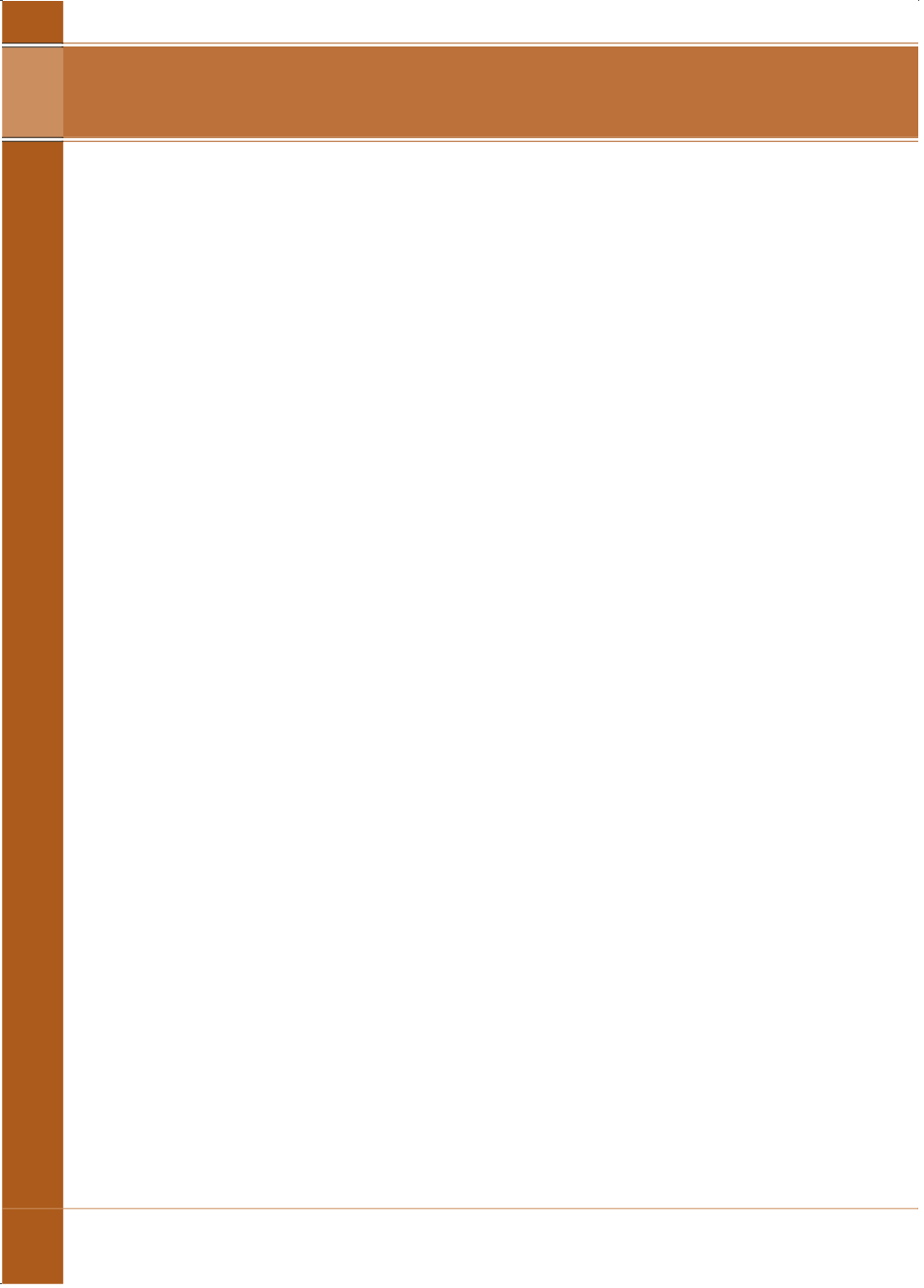

362
4 – HE L I COP T ER
At night a helicopter should not take-off from other than from a sitewhich
conformswith the requirements specified inCAAP 92-2(0). Any illuminated
runway or illuminated taxiway of dimensions commensuratewith the size
of the helicopter landing site applicable to the helicopter, in accordancewith
CAAP 92-2(1), is considered tomeet the requirements of CAAP 92-2(1).
At a non-towered aerodrome a pilotmay take-off from any areawhich is
assessed as being suitable as aHLS.
When the pilot elects to conduct the take-off from outside the flight stripof
the runway in use by aeroplanes, the helicopter take-off pathmust be outside
that flight strip.
Before take-off, the helicopter is to be positioned to the appropriate side of
the runway in use so that the turn after take-off does not cross theextended
centre lineof that runway. Thepre take-off positionof thehelicopterwill beby
air transit or by taxiing as appropriate.
The turn after take-off onto the desired departure trackmay be commenced
when the pilot considers that the helicopter is at a safeheight todo so. If
the resultant departure track conflictswith the aeroplane traffic pattern, the
helicopter should remain at 500 ft above the surfaceuntil clear of that circuit
pattern.Where this procedure is not practicable onenvironmental grounds,
the helicopter is to adopt the standard departureprocedure applicable to
aeroplanes.
Pilots of radio equipped helicoptersmust broadcast intentions on the
appropriate frequency before take-off.
HELICOPTERACCESSCORRIDORSAND LANES
The following procedures for operationswithinpromulgated helicopter access
corridors and lanes apply:
• maximum IAS of 120 kt;
• helicoptersmust operate under VFR, usually not below500 ft above the
surface by day subject to flight over populous areas restrictions and the
limitations published inERSA for authorised corridors by night;
• ‘see and avoid’ proceduresmust be used;
• formation flights are restricted to line asternwith the lead aircraft
responsible formaintaining separation fromother traffic;
aerodromes

















